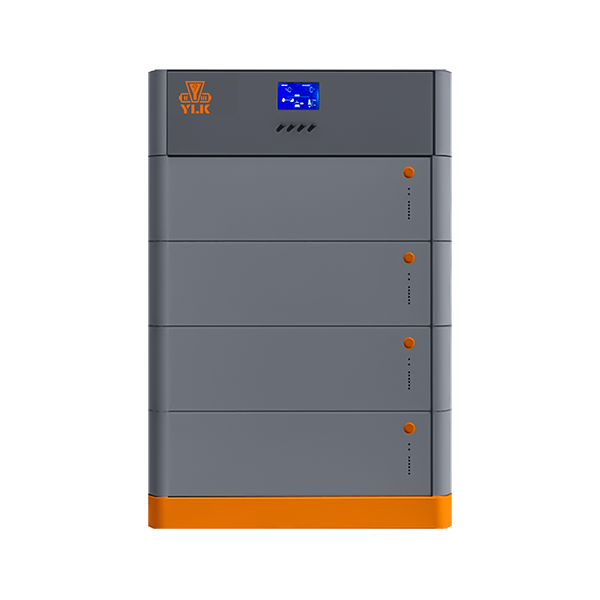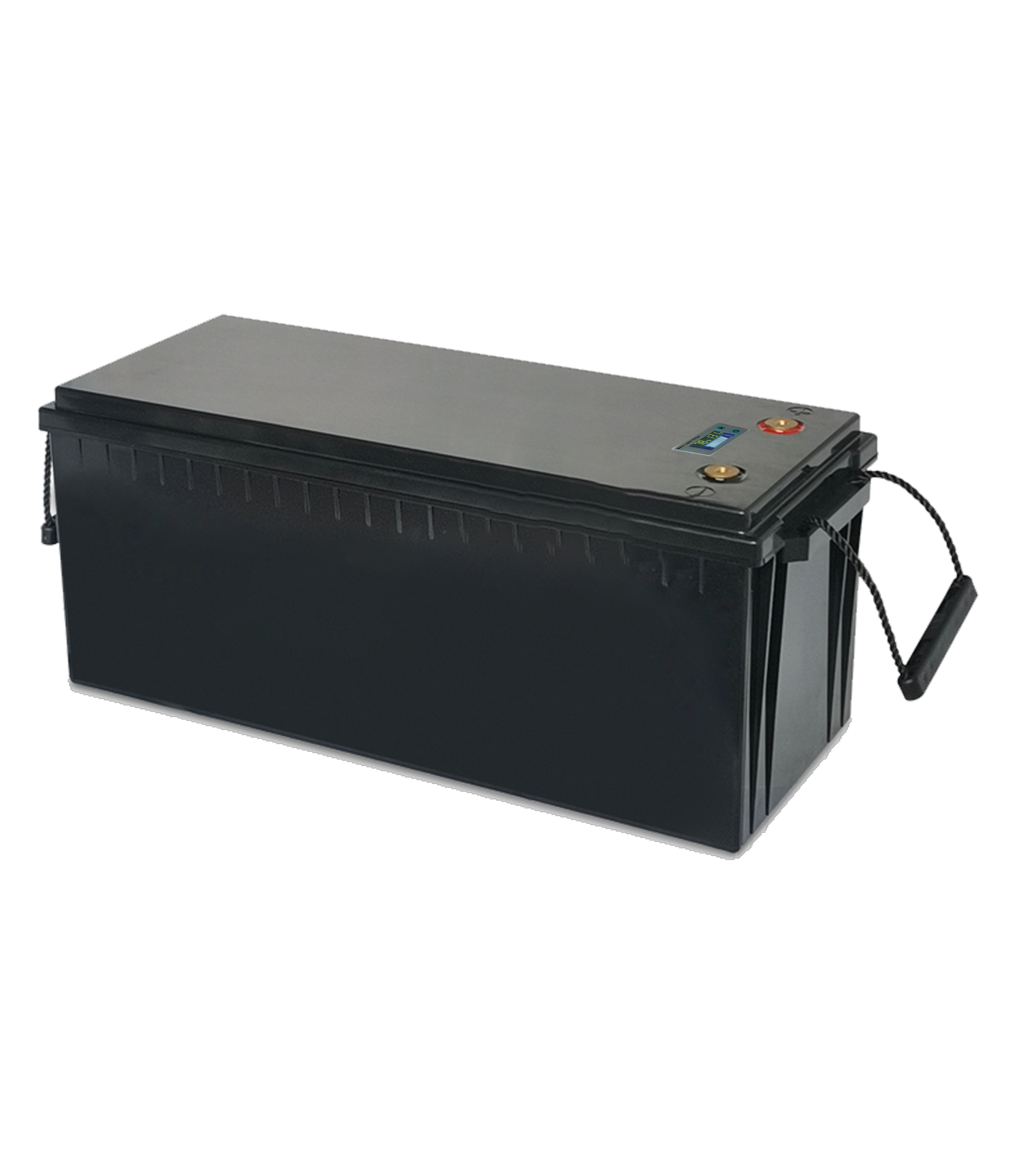
In our pursuit of a greener and more sustainable future, energy storage plays a vital role. The development of advanced battery technologies has paved the way for more efficient and reliable storage options. One such technology that has gained significant attention is prismatic cells. In this article, we will delve into the world of prismatic cells and explore their potential in revolutionizing energy storage solutions.



The Future of Energy Storage: Exploring the Potential of Prismatic Cells

Introduction:
In our pursuit of a greener and more sustainable future, energy storage plays a vital role. The development of advanced battery technologies has paved the way for more efficient and reliable storage options. One such technology that has gained significant attention is prismatic cells. In this article, we will delve into the world of prismatic cells and explore their potential in revolutionizing energy storage solutions.
What are Prismatic Cells?
Prismatic cells are a type of rechargeable battery technology that incorporates a prismatic electrode design. Unlike traditional cylindrical and pouch cells, prismatic cells have a flat and rectangular shape, making them more space-efficient and cost-effective to manufacture. This unique design allows for higher energy density and a more stable battery performance.
Advantages of Prismatic Cells:
1. Higher Energy Density: Prismatic cells have a higher energy density compared to their cylindrical counterparts. This means that they can store more energy in a smaller volume, making them ideal for applications that require compact and lightweight energy storage solutions.
2. Improved Thermal Management: The flat shape of prismatic cells allows for better heat dissipation, reducing the risk of thermal runaway. This makes them safer and more reliable in demanding or high-temperature environments.
3. Enhanced Durability: Prismatic cells are known for their exceptional cycle life and long-term reliability. They can withstand thousands of charge-discharge cycles without significant capacity degradation, making them an excellent choice for energy-intensive applications such as electric vehicles and renewable energy systems.
Applications of Prismatic Cells:
1. Electric Vehicles (EVs): The automotive industry is increasingly adopting prismatic cells in EV batteries due to their high energy density and improved safety features. These cells enable longer driving ranges and faster charging times, making EVs a more viable and convenient alternative to traditional combustion engine vehicles.
2. Renewable Energy Storage: Prismatic cells also find significant use in storing renewable energy generated from sources such as solar and wind power. Their high energy density and long cycle life make them an ideal choice for decentralizing energy storage and optimizing the use of renewable resources.
3. Consumer Electronics: Smartphones, tablets, and laptops are becoming more power-hungry with each passing year. Prismatic cells provide a compact and reliable energy storage solution for these devices, ensuring longer usage times and faster charging capabilities.
The Future of Prismatic Cells:
As the demand for energy storage continues to rise, prismatic cells are expected to become even more prevalent. Researchers are continuously working towards improving their efficiency, safety, and cost-effectiveness. With advancements in materials, manufacturing processes, and energy management systems, prismatic cells have the potential to revolutionize not only the energy storage sector but also the broader clean energy industry, enabling a more sustainable and carbon-neutral future.
Conclusion:
Prismatic cells offer a promising solution to the growing energy storage demands of our time. With their higher energy density, improved safety features, and long cycle life, these advanced battery technologies are transforming multiple industries, from electric vehicles to renewable energy storage. As we move towards a greener and more sustainable future, prismatic cells will play a crucial role in achieving our clean energy goals.
Suggestions for using
the Products
Application





Stacked Energy Storage Battery 15S-ESS
View more >
Outdoor Camping Solar Generator Power Station Portable
View more >




